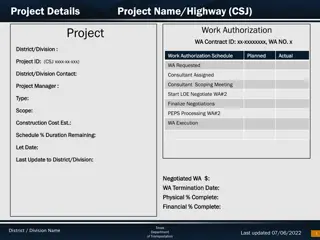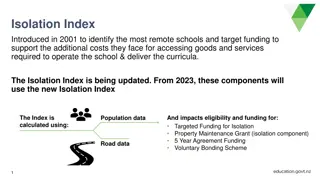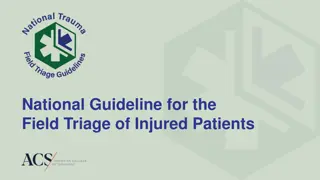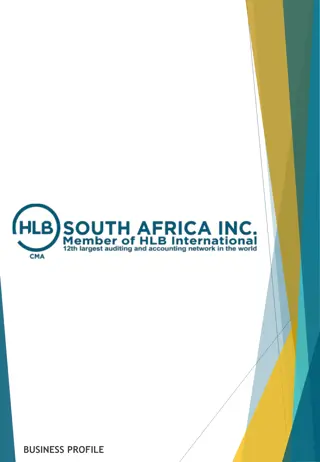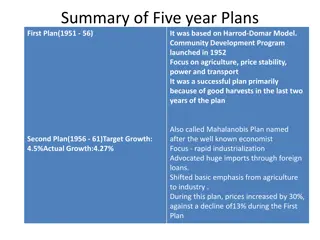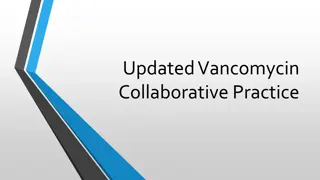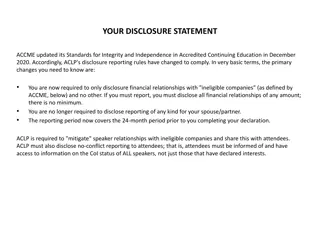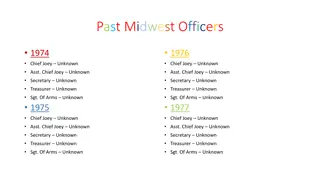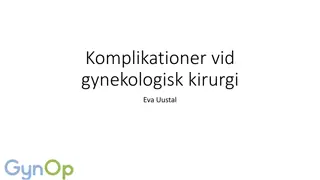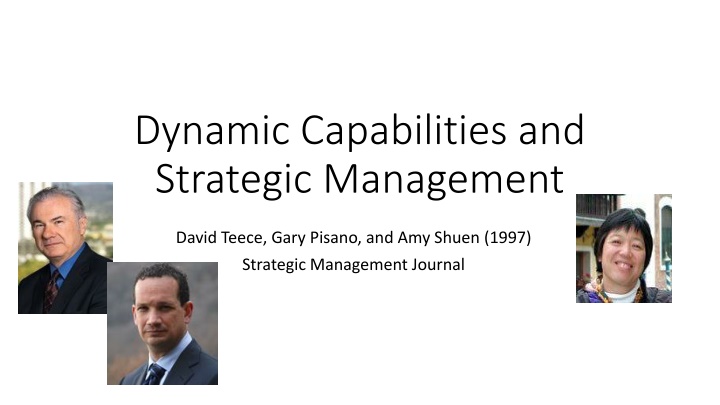
Dynamic Capabilities and Strategic Management Insights
Explore the dynamic capabilities framework in strategic management focusing on how firms build competitive advantage in rapidly changing environments. Analyze existing paradigms such as market power and efficiency, including key perspectives from Porter, Shapiro, and the resource-based view.
Download Presentation

Please find below an Image/Link to download the presentation.
The content on the website is provided AS IS for your information and personal use only. It may not be sold, licensed, or shared on other websites without obtaining consent from the author. If you encounter any issues during the download, it is possible that the publisher has removed the file from their server.
You are allowed to download the files provided on this website for personal or commercial use, subject to the condition that they are used lawfully. All files are the property of their respective owners.
The content on the website is provided AS IS for your information and personal use only. It may not be sold, licensed, or shared on other websites without obtaining consent from the author.
E N D
Presentation Transcript
Dynamic Capabilities and Strategic Management David Teece, Gary Pisano, and Amy Shuen (1997) Strategic Management Journal
Introduction The fundamental question in the field of strategic management: How firms achieve and sustain competitive advantage? Current strategic theory: How to sustain and safeguard extant competitive advantage? Dynamic capabilities framework: how and why certain firms build competitive advantage in regimes of rapid change. Schumpeterian world of innovation-based competition, price/performance rivalry, increasing returns, and the 'creative destruction' of existing competences.
Three existing paradigms (market-power) Porter (1980): competitive forces approach How competitive forces work at the industry level Competitive strategies are often aimed at altering the firm s position in the industry vis- -vis competitors and suppliers. Economic rents in competitive framework are monopoly rents and are created largely at the industry or subsector level rather than at the firm level. Weakness: No emphasis on firm-specific assets and firm-level analysis
Three existing paradigms (market-power) Shapiro (1989): Strategic Conflicts Approach Game theory analyzes the nature of competitive interaction between rival firms (Shapiro, 1989) Competitive outcomes as a function of the effectiveness of firm s strategic moves towards rivals. (How firms keep their rivals off balance through strategic investments, pricing strategies, signaling, and the control of information). The appreciation of irreversible commitment (sunk costs) Rents are a result of mangers intellectual ability to play the game Weakness: Lack testable predictions: Multiple equilibrium Based on certain believes: Price competition (e.g., Bertrand, Cournot), strategic asymmetries When firms have a tremendous cost or other competitive advantage vis-a-vis their rivals, there will be no game Ignores change of the environment: Entrepreneurial side of the strategy: how significant new rent streams are created and protected
Three existing paradigms (efficiency) Resource-based View Firms are profitable due to lower costs or higher quality (better performance), not the strategic investments. What a firm can do is not just a function of the opportunities it confronts; it also depends on what resources the organization can muster Firms are heterogeneous with regards to their resources/capabilities/endowments Competitive advantage results from firm s difficult-to-imitate resources. Competitive strategy is how to exploit existing firm-specific assets. Rents are a result of owners scarce firm-specific resources. Less interested in economic profits from product market positioning. Another dimension suggested by resource-based perspective: managerial strategies for developing new capabilities (Wernerfelt, 1984). Introduce the ideas of skill acquisition, the management of knowledge and know- how, and learning.
A new paradigm (efficiency): Dynamic capabilities framework Add high technological/market uncertainty Dynamic Capabilities Approach The two aspects of dynamic capabilities Dynamic: the capacity to renew competences to achieve congruence with the changing business environment Capabilities: emphasizes the key role of strategic management in appropriately adapting, integrating, and reconfiguring external and internal resources, and functional competence to match the requirements of a changing environment In a world of Schumpeterian competition Choices about how much to spend (invest) on different possible areas are central to the firm's strategy. However, choices about domains of competence are influenced by past choices. At any given point in time, firms must follow a certain trajectory or path of competence development. In this way, firms, at various points in time, make long-term, quasi-irreversible commitments to certain domains of competence. Foundations: Schumpeter (1934), Penrose (1959), Williamson (1975, 1985), Barney (1986), Nelson and Winter (1982), Teece (1988), and Teece et al. (1994).
Terminology in Dynamic Capabilities Framework Factors of production: undifferentiated inputs available in disaggregate form in factor markets Resources: firm-specific assets that are difficult if not impossible to imitate Organizational routines/competences: When firm-specific assets are assembled in integrated clusters spanning individuals and groups so that they enable distinctive activities to be performed, these activities constitute organizational routines and processes. Core competences: competences that define a firm s fundamental business Dynamic capabilities : the firm s ability to integrate, build, and reconfigure internal and external competences to address rapidly changing environments. Products: the final goods and services produced by the firm based on utilizing the competences that it possesses.
Markets and Strategic Capabilities The key question for the new paradigm: Upon which strategic elements, can firm build, maintain and enhance their distinctive and difficult-to-replicate advantages? What is not strategic? Homogeneous assets What is distinctive about firms? (market vs firms) Firms can organize economic activities in ways that markets can t No high-powered incentive. Cooperative activity and learning (can t calibrate individual contribution) Competences/capabilities which are ways of organizing and getting things done which cannot be accomplished merely by using the price system to coordinate activity Properties of internal organization cannot be replicated by a portfolio of business units amalgamated just through formal contracts
Dynamic Capabilities Framework What is it about firms which undergirds competitive advantage? Three classes of factors: Processes, Positions, and Paths 1. Processes: the way things are done in the firm 2. Positions: current specific endowments of technology, intellectual property, complementary assets, customer base, and its external relations with suppliers and complementors 3. Paths: strategic alternatives available to the firm, and the presence or absence of increasing returns and attendant path dependencies - path dependencies: neglected by microeconomic theory. Where a firm can go is a function of its current position and the paths ahead.
Organizational and managerial processes Three roles of processes: Coherence, interdependence, & systematic Coordination/ integration static Requires both individual and organizational skills; both internal & external dynamic Learning Processes transformational Reconfiguration and transformation Based on learning; firms must develop processes to minimize low pay-off change
Positions The strategic posture of a firm is determined not only by its learning processes and by the coherence of its internal and external processes and incentives, but also by its specific assets. Technological assets Complementary assets Financial assets Reputational assets Positions Positions Structural assets Institutional assets Organizational boundaries Market assets
Paths Where a firm can go is a function of its current position and the paths ahead. The increasing returns to adoption The lock in effect History matters: the learning effect Path dependencies Paths the rate and direction of technological changes matter Technological opportunities
Replicability and Imitability of Organizational Processes and Positions Replication: competences and capabilities, and routines are difficult to replicate 1) the tacit nature 2) firm-specific history When can the focal firm generate strategic value from replication? 1) the ability to support geographic and product line expansion. 2) owns the foundations for learning and improvement. Imitation: replication performed by a competitor 1) high tacit component hard to imitate 2) Intellectual property rights
Conclusion The complementary nature of the four paradigms Key question: which frameworks are appropriate for the problem at hand. Market Power (strategizing) vs Efficiency (economizing) Competitive forces and strategic conflicts approach Profits stem from strategizing Market positions shielded behind entry barriers Competitive advantages lie at the level of industry or strategic group. Resources based approach and dynamic capability approach Success stems from high-performance routines operating inside the firm, shaped by processes and positions. Emphasize path dependencies and technological opportunities



